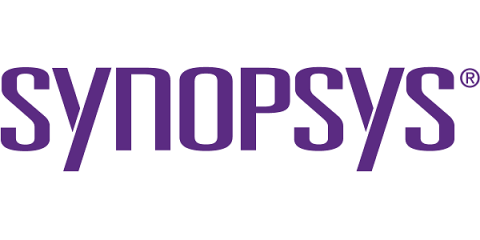Security | Threat Detection | Cyberattacks | DevSecOps | Compliance
Audit
How to Hack Kubernetes (and How to Protect It)
Kubernetes is a valuable resource and a leading container management system in development pipelines across the world, but it’s not exempt from malicious attacks. Using Kubernetes requires a deep understanding of Kubernetes’ environment—including the different vulnerabilities you can be exposed to while creating, deploying, or running applications in your clusters.
SOX Audit Compliance Requirements For 2022
Snyk integrates with AWS CloudTrail Lake to simplify security audits
Since organizations around the globe began investing more aggressively in their digital transformation by migrating and modernizing applications within the cloud, the value of audit logging has shifted. It has expanded from industries like finance and healthcare to nearly any company with a digital strategy.
SOC 2 TYPE 1 & TYPE 2 - How to Prepare for an Audit | VISTA InfoSec
Active Directory Audit Rules
Hidden Value In Creating Cybersecurity Audit Programs
One of my first tasks after leaving NSA for private industry in the early 90s was to write my new company’s information security policy. I’m not sure my previous job as a cryptanalyst left me qualified for this, but I was viewed as the security guy. So, I attacked the task with vim and vigor. That first information security policy I wrote was a thing of beauty. I scoured the Orange Book and other resources to find every security requirement that might help us prevent a security incident.
PCAOB Alert on Audits, External Data
The PCAOB published fresh guidance last week about how auditors should handle evidence supplied by others to help the auditor assess financial statements, important performance or valuation metrics, and, well, all the other stuff that can go into an audit report these days.
What is an Audit Universe?
An audit universe is a document that details all the audit activities to be carried out by the internal audit function. It consists of multiple and distinct auditable entities, processes, and activities, which can be considered “auditable units.” The number of these auditable units varies depending on the organization’s size, business complexity, and operational scale. In some cases they can run into the hundreds or even thousands.










